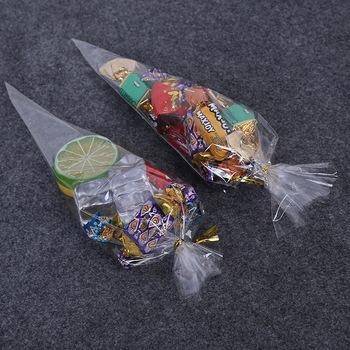
Chemistry, 16.11.2020 23:40 jadacherry
Tia learns that the temperature of rock in Earth's mantle varies depending on its location. Rock located close to
the lithosphere is about 1,000 °C, and rock located close to the outer core is about 3,700 °C.
Tia uses the formula shown below to calculate the amount of heat that needs to be added to a 5-9 piece of rock
in order to raise its temperature from 1,000 °C to 3,700 °C. She uses 0.79 J/g °C for the specific heat of the rock.
q=MCAT
q= amount of heat
m= mass
C = specific heat
AT=change in temperature
What is the amount of heat, in joules, that needs to be added to the piece of rock.
OA
2,706 joules
B
3,950 joules
С
10,665 joules
D
14,615 joules

Answers: 1
Another question on Chemistry

Chemistry, 22.06.2019 05:30
Transportation is the largest single source of air pollution in the united states. air pollution can harm the environment and human health. which technology could offer a solution to this problem? mufflers that reduce noise motors that run on electricity tires that improve gas mileage
Answers: 3

Chemistry, 22.06.2019 08:30
Since the gas in your graduated cylinder is a mixture of butane and water vapor, you must determine the partial pressure of the butane, pbutane, alone. to do this, consult a reference and record the partial pressure of the water vapor, pwater, at the temperature you recorded. use the following formula to compute the partial pressure of the butane. pbutane = atmosphere - pwater use the following combined gas law formula and compute the volume that the butane sample will occupy at stp. (hint: convert both temperatures to kelvin.) pbutane x voriginal = pstandard x vfinal troom tstandard use the following ratio and proportion formula to determine the mass of butane needed to occupy a volume of 22.4 l at stp. grams of butane you used “x” grams of butane ml of butane corrected to stp = 22,400 ml compute the theoretical molar mass of butane based on its formula and the atomic masses on the periodic table. compare your experimental results from #3 to the theoretical value of #4, computing a percent error of your findings using this formula: % error = measured value - accepted value x 100 accepted value use the following ratio and proportion formula to determine the mass of butane needed to occupy a volume of 22.4 l at stp. need asap
Answers: 1


Chemistry, 22.06.2019 10:50
Determine the empirical formula for succinic acid that is composed of 40.60% carbon, 5.18% hydrogen, and 54.22% oxygen.
Answers: 1
You know the right answer?
Tia learns that the temperature of rock in Earth's mantle varies depending on its location. Rock loc...
Questions


History, 09.04.2020 16:46


Social Studies, 09.04.2020 16:46







Arts, 09.04.2020 16:47

Mathematics, 09.04.2020 16:47



Biology, 09.04.2020 16:47


Mathematics, 09.04.2020 16:47

Mathematics, 09.04.2020 16:47





